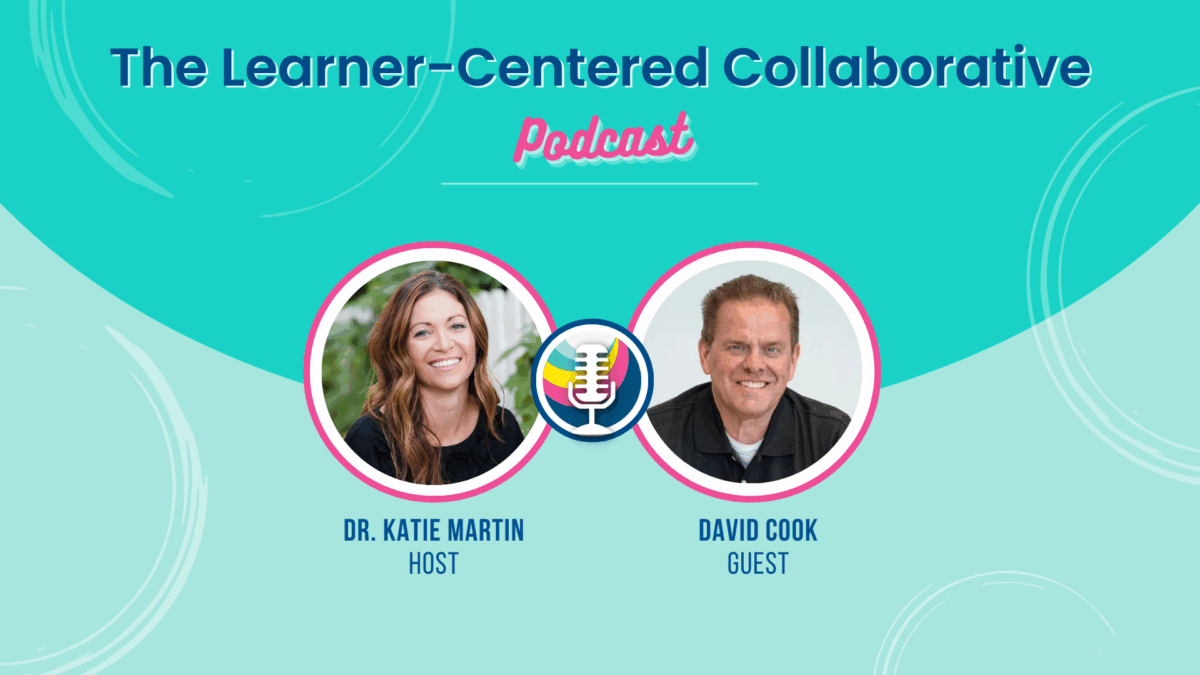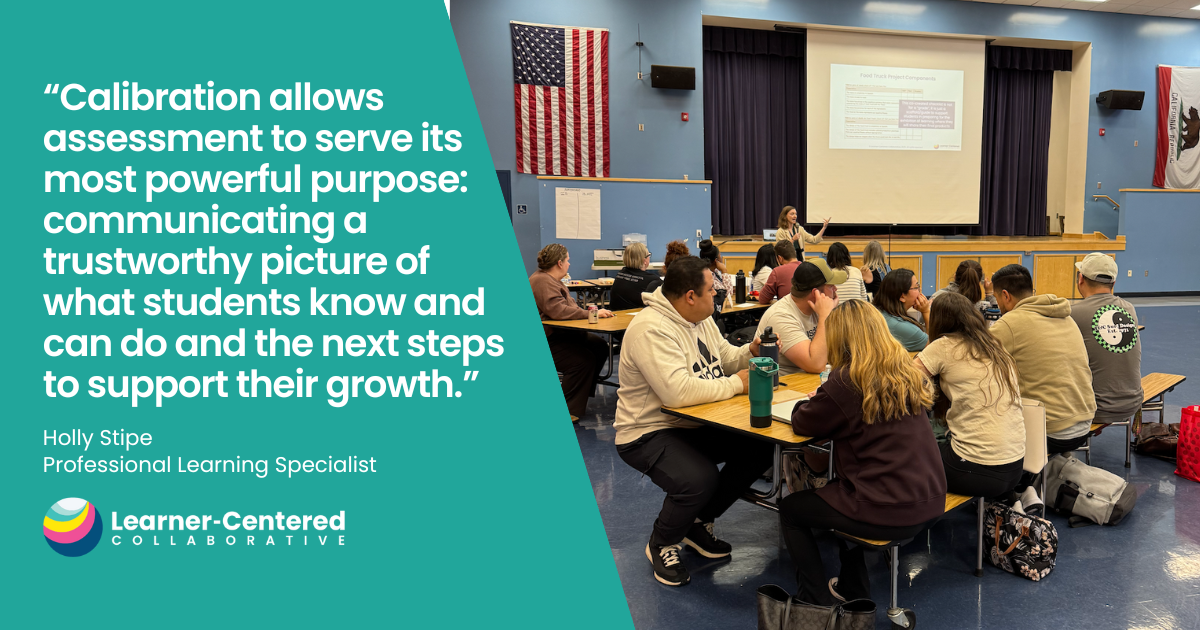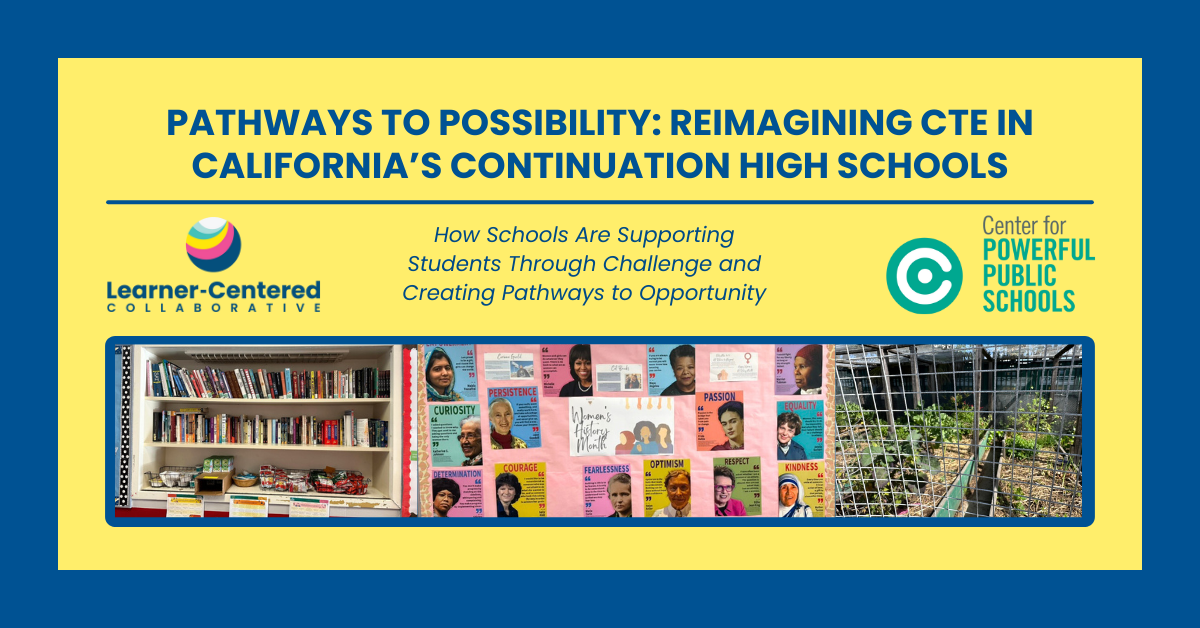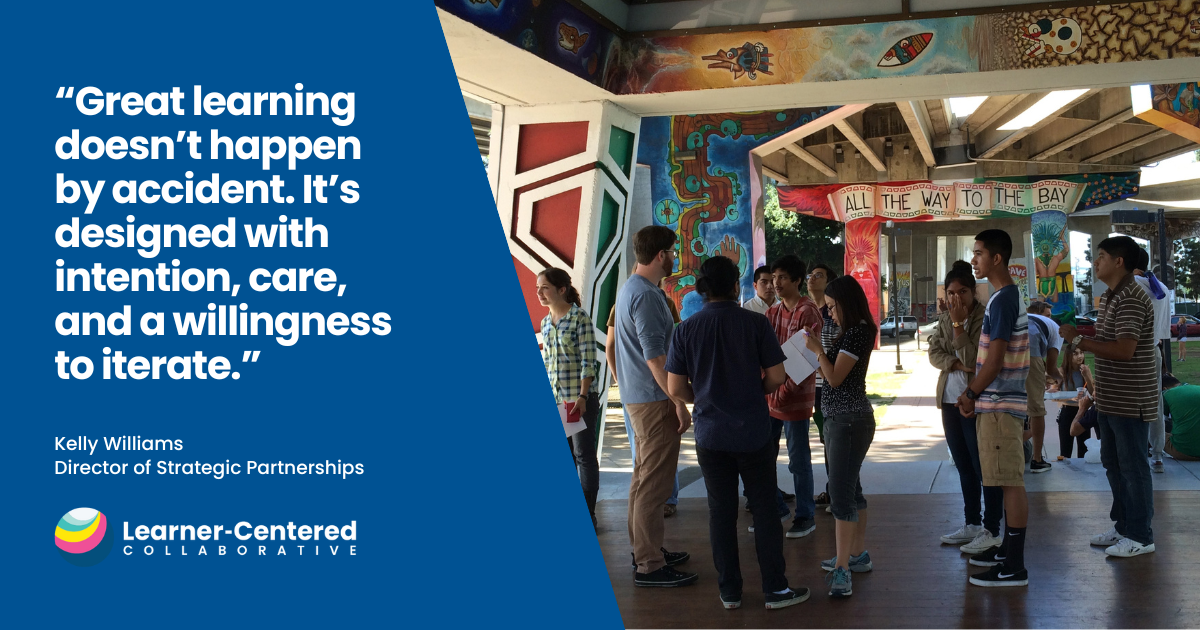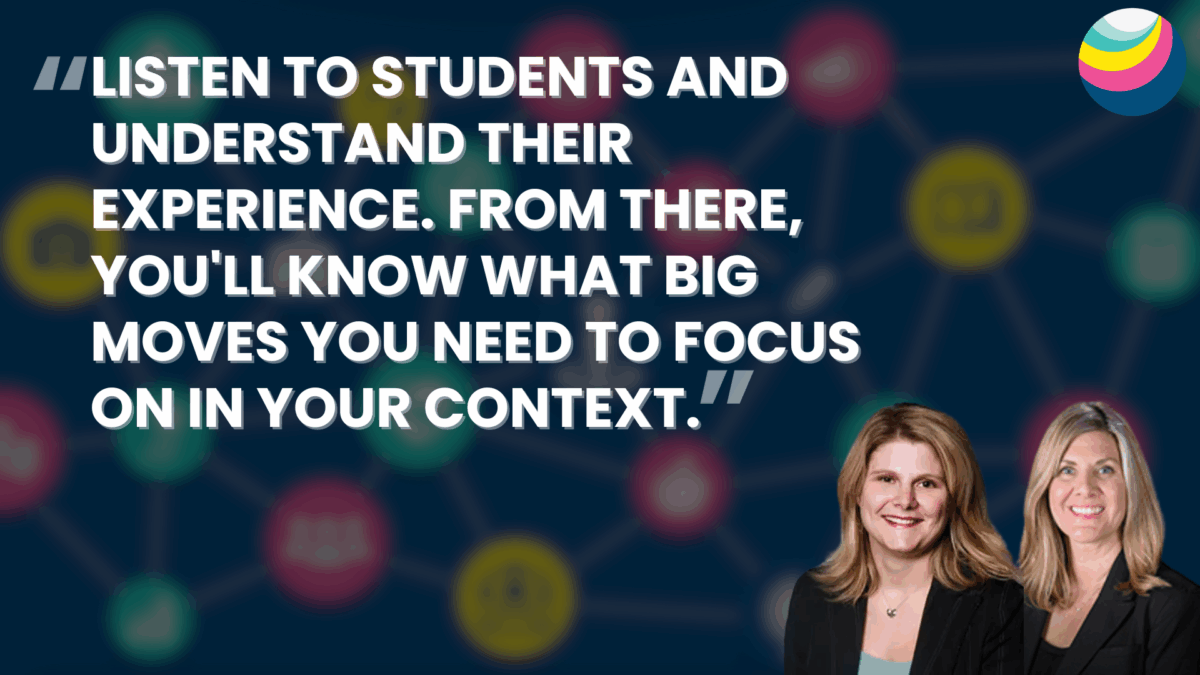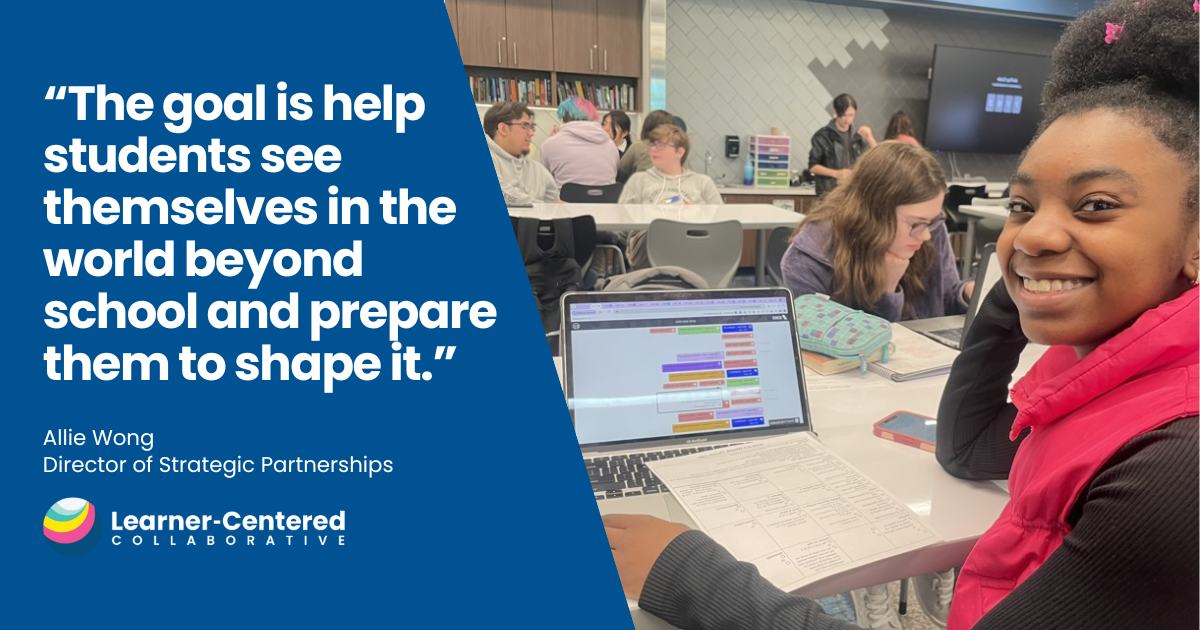Identify Your Learner-Centered Priorities
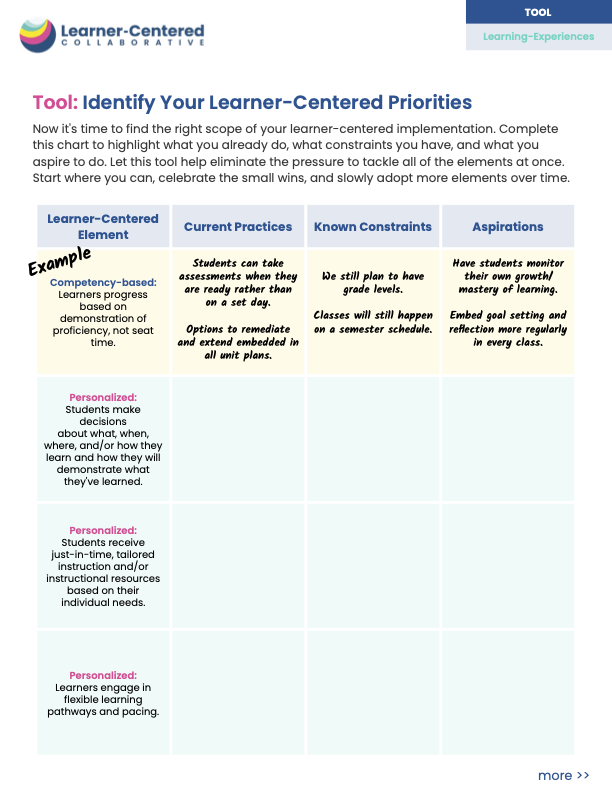
The Learner-Centered Collaborative framework—rooted in practice, educator input, and learning sciences, identifies the most effective pedagogical elements— including, authentic, personalized, competency-based, and inclusive and equitable learning experiences.
While all of these practices are inter-connected and critical, a full shift to learner-centered practices often happens over time, building upon what is already working. The following tool is designed to help leaders and teams identify your community’s learner-centered priorities, taking into account current successes, barriers that exist, and goals. Ultimately, aligning on clear priorities will establish the boundaries of the work and help define how you’ll measure the success of your learner-centered implementation.
We recommend working with a guiding coalition that includes broad representations from administrators, educators, students, parents, and community members to ensure alignments and buy-in on these priorities. When this isn’t possible, you can work with your grade level, a fellow colleague or start on your own. Whatever your unit of change, remember small steps can lead to big changes.
To download this tool and get started, complete the form below:
